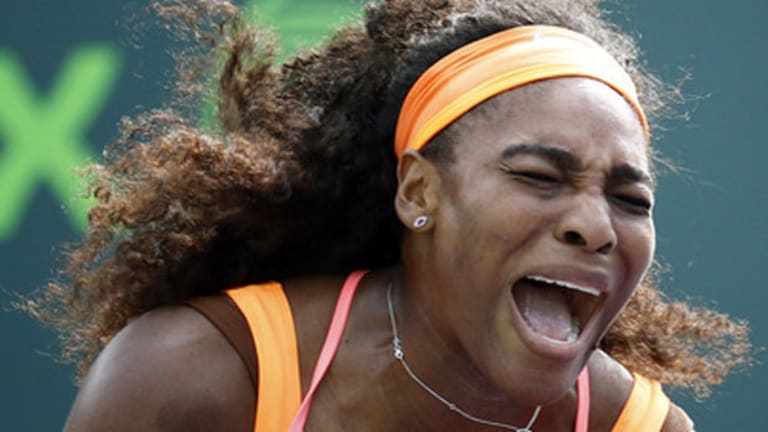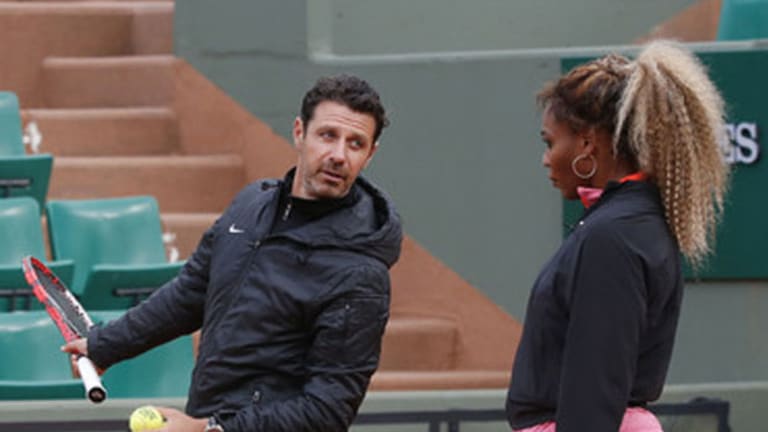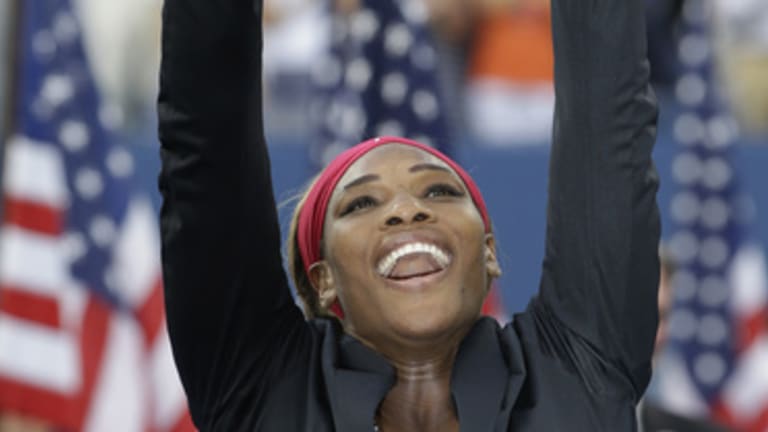There are certain moments when we expect tennis players to tighten up. Serving for a match is one; reaching a tiebreaker is another. What we don’t normally expect, especially when we’re watching the pros, is to see one of them become so nervous about winning a game that she struggles just to put the ball over the net. But that’s what happened this April in Miami to the 12th-best player in the world, Carla Suarez Navarro, when she faced seven-time champion Serena Williams in the final.
Serving at 0–1 in the first set, with a chance to win the game, Suarez Navarro double-faulted twice before finally squeaking out a hold. The Spaniard’s early anxiety was unusual, but in her case it wasn’t surprising. When she played Williams at the US Open two years ago, Suarez Navarro suffered a humiliating double-bagel defeat in Arthur Ashe Stadium—and on her birthday to boot. That’s not the kind of loss you easily forget. Avoiding a repeat of that disaster was job one for Suarez Navarro in Miami; right from the start, the pressure was on her to win a game, any game.
Mission accomplished. Barely. She would win just one more game, as Williams rolled to her eighth title, 6-2, 6-0.
This, as Suarez Navarro knows all too well, is what playing tennis is like in the age of Serena.
“It feels good to have eight under my belt,” Williams said afterward of her Miami title. “I’d like to believe the older I get, the better I get.”
It’s hard to argue with her. Serena, like Roger Federer, will turn 34 later this year. Unlike Federer, though, she has rarely had to hear the dreaded “D” word—decline—mentioned alongside her name, let alone to her face. And why should she? Serena, in a career that has been unlike any other since its beginnings on the potholed public courts of Compton, CA, has saved her most surprising twist for last: She’s playing her most dominant tennis in her 30s.



